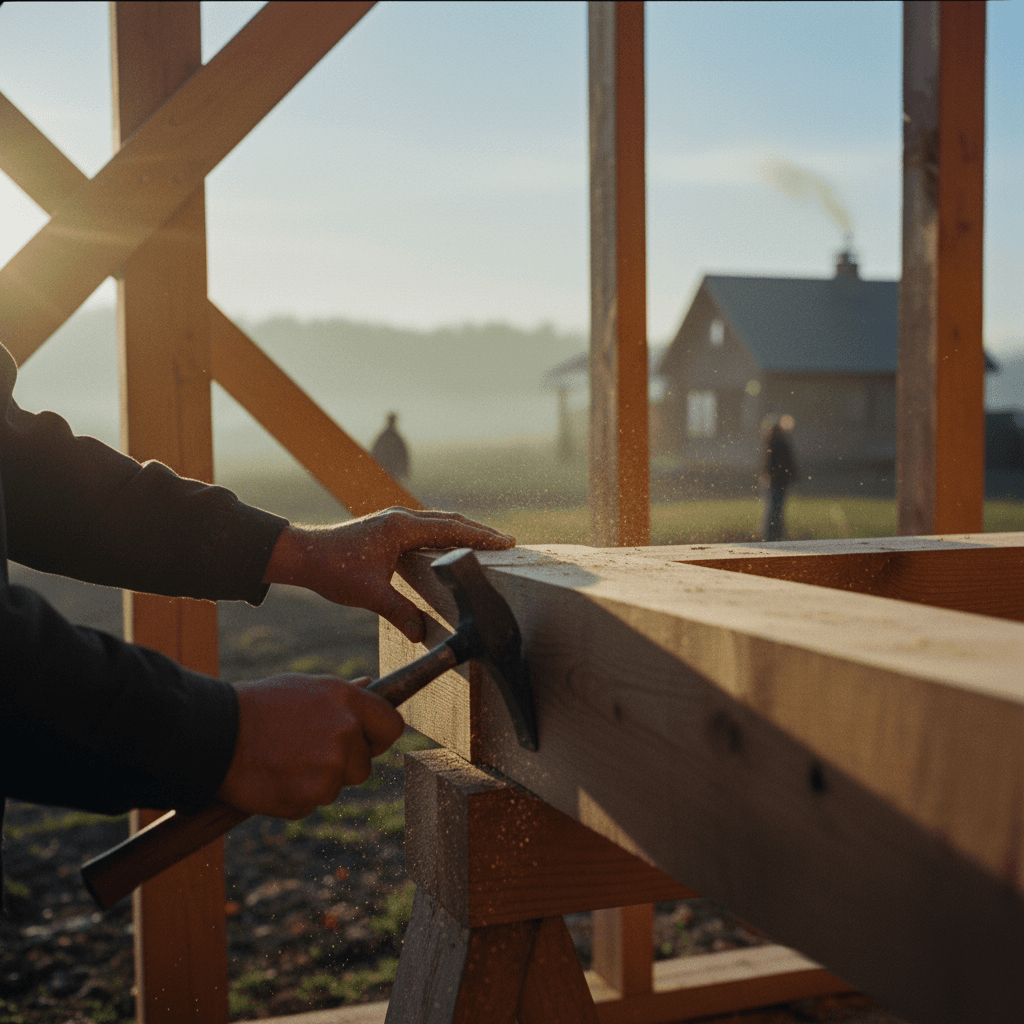Steady Work Builds Tomorrow’s Shelter—Start Now

What you build with steady hands becomes the shelter for tomorrow; begin today. — Marcus Aurelius
From Aphorism to Stoic Practice
This line, though apocryphal, distills Marcus Aurelius’s Stoic program: deliberate, steady labor in the present seeds security for the future. In his Meditations, he returns to the theme that character is constructed plank by plank, act by act, until it becomes a refuge. Thus the “shelter” is both literal—provisions, skills, institutions—and moral: a stable mind. By framing progress as building with steady hands, the saying rejects heroic bursts in favor of craftsmanship. And by ending with “begin today,” it compresses Stoic urgency into a clear imperative. The point is not grand vision alone, but starting the first careful stroke that makes the vision real.
Begin Today: Command of the Present
Continuing this thread, Stoics insist that the present moment is the only lever we actually hold. Marcus’s morning exhortation—get up and do the work of a human being (Meditations 5.1)—turns metaphysics into alarm clock. Procrastination, in this view, is a metaphysical error: treating an imaginary tomorrow as negotiable currency. By acting now, we exchange fantasy for control. Moreover, the Stoic dichotomy of control, sharpened by Epictetus in the Enchiridion (1), teaches that starting is within our power even when outcomes are not. Hence “begin today” is less pep talk than policy.
Steady Hands: Craft over Impulse
Next, the image of steady hands valorizes method over frenzy. Marcus warns against “random actions” and urges that each deed be done with a guiding principle (Meditations 4.2). Roman builders embodied this ethic: arches stand because each stone bears measured weight, set in order, not hurled in haste. Likewise, careers, families, and communities hold when daily tasks are aligned to a rule—justice, courage, and practical wisdom—rather than mood. This steadiness also protects attention from the churn of news and temptation. By choosing craft, we cultivate patience, and by cultivating patience, we gain precision; in turn, precision makes progress durable.
Shelter for Tomorrow: Investing in Resilience
In this light, the “shelter” is resilience—structures that outlast weather. Stoics do not predict the future; they prepare for it. Marcus notes that when the future arrives, it will be met with the same reason that arms you today (Meditations, trans. Hays). Seneca’s Letters (13) similarly counsel rehearsing setbacks in imagination so that real blows land softer. Preparation, then, is not anxiety but prudence: savings, skills, social ties, and clear procedures. Because storms are certain but their timing is not, quiet construction beats dramatic reaction. What we repeatedly reinforce—habits, virtues, and safeguards—becomes the roof under which we and others can rest.
How Small Efforts Compound
Moreover, steady work compounds. Behavioral research shows that consistent actions crystallize into habits that run with less effort; Lally et al. (European Journal of Social Psychology, 2009) found formation typically takes weeks to months, not days. Sports strategist Dave Brailsford called this the “aggregation of marginal gains,” the idea that 1% improvements, accrued across many processes, yield outsized results (Team Sky, 2012). The Stoic twist is ethical: improvements must be right, not merely efficient. Small, right acts—kept daily—scale into capability and character. Over time, compounding converts fragile intention into reliable shelter.
Turning Philosophy into Daily Action
Finally, to honor the maxim, design a day that starts building. Define a single domain—health, craft, service—and specify the smallest action that moves it forward. James Clear’s “two-minute rule” (Atomic Habits, 2018) reframes daunting projects as brief starts; once started, momentum carries you. Then, protect a consistent time and place, tracking completion rather than perfection. As obstacles arise, apply Marcus’s pivot—what blocks the action becomes the path (Meditations 5.20)—by asking, “What can I still do?” By evening, reflect: what was built, and how can tomorrow’s brick fit better? Thus philosophy becomes architecture, and today lays the first stones of tomorrow’s shelter.